"Marble Bust Representing The God Hermes - Italy - 17th Century"
This magnificent marble bust represents the god Hermes (among the Greeks), Mercury (among the Romans) in ¾ face. Hermes, son of Zeus and the nymph Maia, is the patron god of traders and travelers, he acts as a link between men and the gods thanks to his function as “messenger of Olympus”. Homer will transcribe in the Odyssey a conversation between Hermes and Zeus: “Hermes, since it is you who always carry our messages, transmit to the Bouclée our irrevocable decree. » This god is recognizable by his many attributes such as his winged sandals, his wand which he uses to charm men or his winged helmet. It is this last symbol which allows us to affirm that our work represents Hermes. This sculpture shows him from the angle of a handsome young man represented with the attributes worthy of an emperor of this era: laurel wreath, chlamys held by a round fibula (military coat stapled to the shoulder). He is triumphant and despite this, his face remains peaceful. This work is remarkably chiseled, work that we can see in particular on her curly ephebe hair or even the treatment of the laurel wreath held at the back by a knotted fabric. His eyes are almond-shaped, they fall slightly towards his temples and his mouth is thin and closed. The work of the eyes is typical of Northern Italy. It has two wings on top of its head that allow it to move quickly from one place to another to help travelers and traders. The bust is hollowed out at the back, as was customary to do at that time; thanks to this, we can see the traces of tools which, among other things, attest to its age. To make the folds of her chlamys more realistic, the artist used the trephine technique, a sort of drill bit operated by hand using a bow. This tool has been used since Antiquity to reach recesses, clear difficult-to-access parts and rough out small diameter grooves by forming cylindrical cavities. Slow but precise, the bit is intended for very fragile places and hard materials such as wood, stone and marble. The drill bit technique brings movement and depth to the whole. The base of this work is not the original, despite this, the color, leaning more towards gray, allows it to contrast with the bust and therefore to highlight the work of the artist.
This bust to Giovanni Carati and his workshop, this Venetian sculptor worked during the second half of the 17th century and his style, particularly in the facial features, is similar to our work. Research available upon request.
This god was represented a lot between Antiquity and the Renaissance. His relationship, closer to men than certain other gods, makes him more accessible. The benevolent values of this god make it a topos which has survived the ages to still be relevant today.














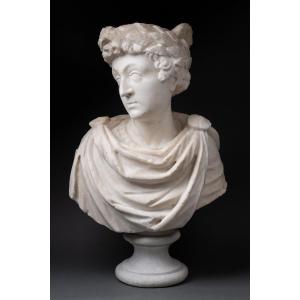












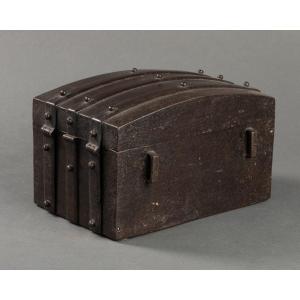

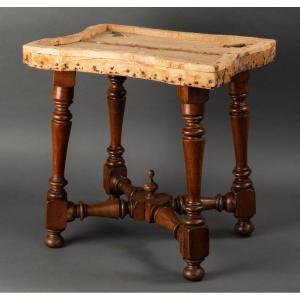
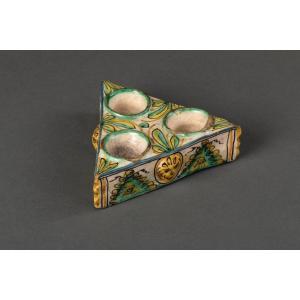
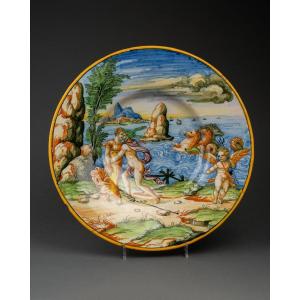
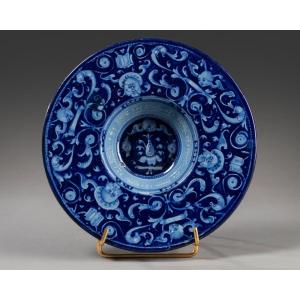
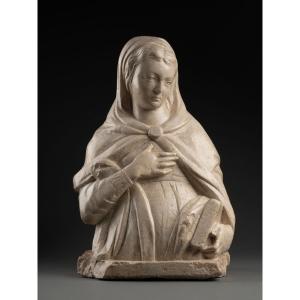


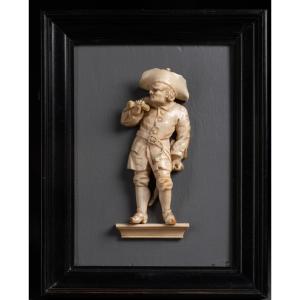

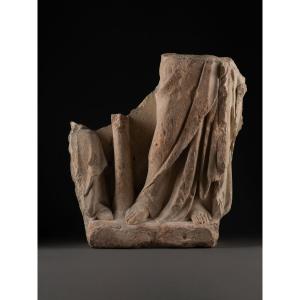
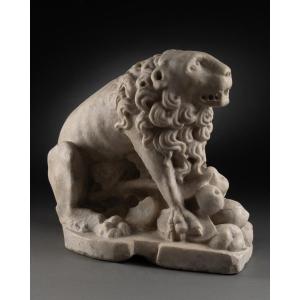
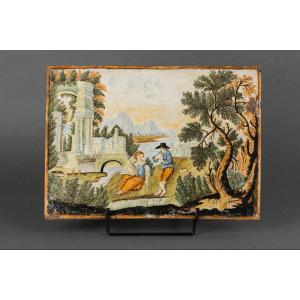

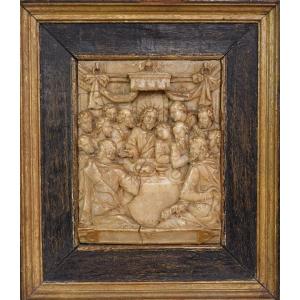
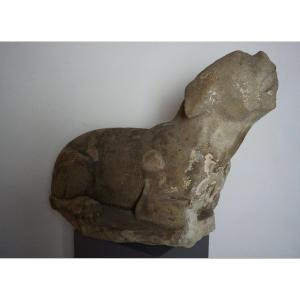
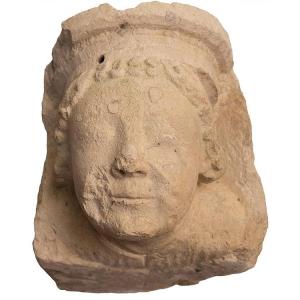
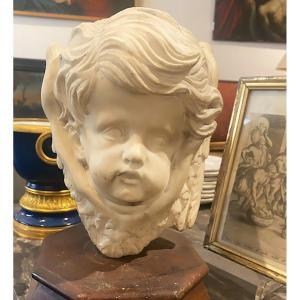




 Le Magazine de PROANTIC
Le Magazine de PROANTIC TRÉSORS Magazine
TRÉSORS Magazine Rivista Artiquariato
Rivista Artiquariato